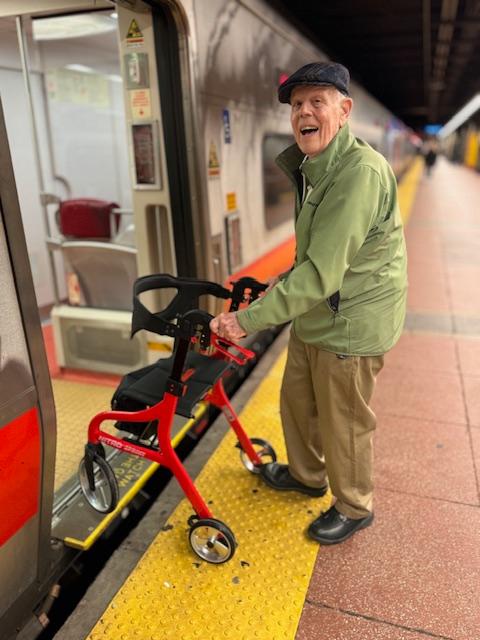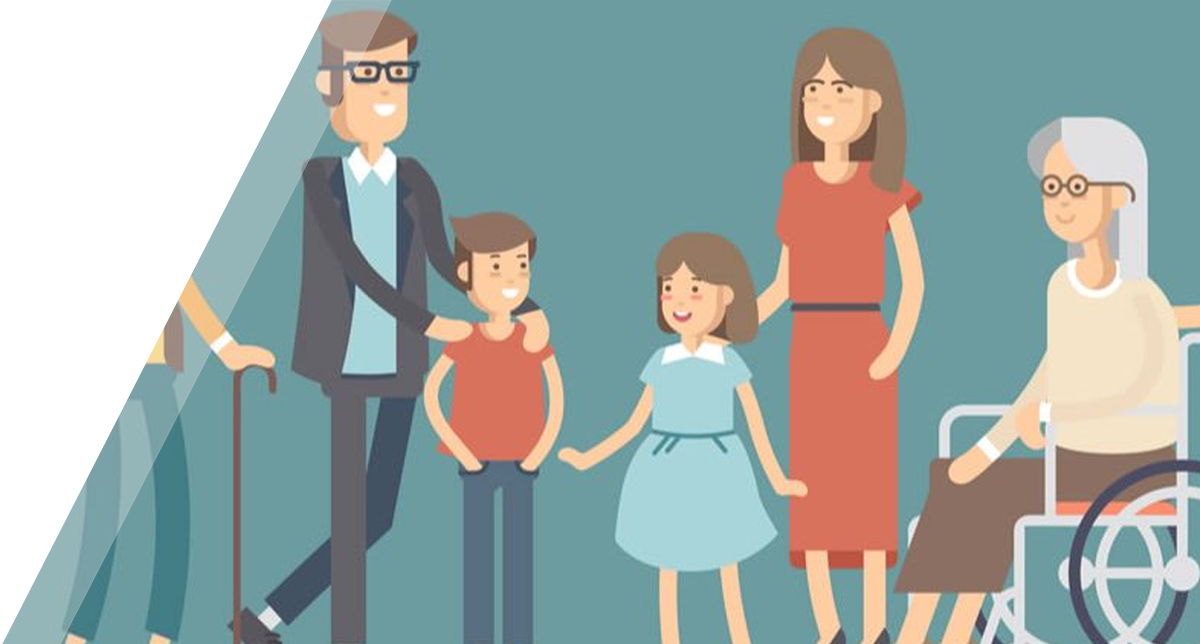In 2016, at the age of 8, my daughter was diagnosed with Ehlers Danlos Syndrome (EDS) – Hypermobility type, a group of incurable, inherited disorders that affects a person’s connective tissues — primarily the skin, joints and blood vessels.
 At 3 years of age, she had begun having hip problems. Eventually, we were jumping from doctor to doctor searching for the cause of her chronic joint pain and dislocations, tingling and numbness, muscle spasms, migraines, upset stomach, anxiety and fatigue. As her symptoms worsened, she began to lose interest in the things she had always loved to do. As I watched the smile disappear from her cheeks and the sparkle fade from her eyes, I knew the dreams I had for my daughter may never come true.
At 3 years of age, she had begun having hip problems. Eventually, we were jumping from doctor to doctor searching for the cause of her chronic joint pain and dislocations, tingling and numbness, muscle spasms, migraines, upset stomach, anxiety and fatigue. As her symptoms worsened, she began to lose interest in the things she had always loved to do. As I watched the smile disappear from her cheeks and the sparkle fade from her eyes, I knew the dreams I had for my daughter may never come true.
When she was first diagnosed, I immediately felt a sense of relief that we could now put a name to this terrible condition that had turned our lives upside down. Then reality set in. Having a name for the condition didn’t magically make things simpler or her symptoms go away. We still needed to face head on the reality of dealing with this condition.
We had good days and bad days. And on those particularly good days, I found myself wondering if maybe the doctor had made a mistake. Maybe my daughter really didn’t have EDS. Inevitably within the next day or two, her symptoms would worsen, and I found myself devastated (and exhausted) once again.
Within a couple months, it became normal for us to have 3-5 doctors’ appointments a week (more than 100 appointments in 6 months) – many of which required hours of travel time each day. Of course, I found myself taking off work or working late into the night to keep up. I began forgetting special events or having to miss out on other functions due to these appointments, and our savings account had taken a major hit. My 6-year-old son began to feel neglected, and it was rare for my husband and me to see each other – let alone have a conversation.
It became routine to find myself spending hours a day spreading pain cream on achy joints, massaging painful back spasms or sitting quietly in the dark beside her bed as she writhed in pain from a migraine. But when I found myself contemplating if it was time to invest in a wheelchair for the now 9 year old, I hit an all-time low.
Our lives were undeniably changed.
It wasn’t until a particularly bad day that this little lady said the words that changed my perspective for the better. I had just gotten done preparing her hot water bottle to soothe her neck pain. I flopped down on the couch beside her – exhausted – and let out a big sigh.
 “Mom, you are my hero,” she said. “You didn’t stop until you found the answers, and you keep doing everything you can to help me.”
“Mom, you are my hero,” she said. “You didn’t stop until you found the answers, and you keep doing everything you can to help me.”
As this little girl (wise beyond her years) sat staring into my eyes with love and appreciation, I knew that I would do everything in my power to continue to improve her quality of life. I knew that I wanted to find the silver lining in all those clouds of gray. To be the light at the end of the tunnel. To be her hero. Because she is worth it.
Since that time, my daughter continues to have good days and bad days. With continued treatment, her bad days are fewer and farther between. These days, we live in the moment, make the most of the good days and try to remember to take it one day at a time. We have dreams for her future…although a little different than before.
Many people don’t have the opportunity to see life from our viewpoint. As strange as it may sound, having those really awfully bad days has made the good days even sweeter. We embrace a little longer, smile a little bigger, laugh a little harder and love a little deeper.
If there’s one thing I’ve learned in the last several years, it’s that as exhausting and thankless as being a Caregiver may be, you are making a real difference in someone’s life. YOU are someone’s hero!
![]() Stephanie @ Drive
Stephanie @ Drive
Stephanie, a Drive team member in Creative Marketing, worked for years to have her young daughter properly diagnosed and continues to work diligently as her Caregiver to give her the best quality of life possible.


.png)

.png)




